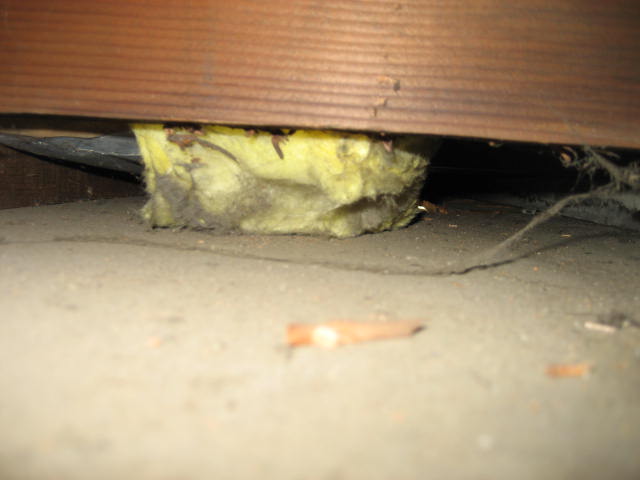"The manufacturers warranty still takes precedence, (although I am aware of at least one court case which utilized the manufacturers suggestions made via marketing materials, whereby the statements made in that material outweighed the actual written warranty verbage,), so therefor, I still defer to doing things as they are required to be done and then provide additional specifications to exceed those specifications, if I deem necessary."
From a Q&A article in The Journal of Light Construction (August 1998 ), Bill Rose of the Building Research Council at the U of Illinois says:
"So far I find little technical support for the claim that ventilation enhances the service life of shingles. One argument- that higher temperatures cause faster diffusion of the compounds that keep the shingles pliable- makes sense, but the temperature difference between vented and unvented is awfully tiny. Shingle colour and latitude make for make for a much greater temperature difference. In the absence of technical support, I believe that either course of action- venting or not- is viable. Those who vent encounter fewer problems with code officials and shingle warranties. Those who do not are working in the fine tradition of craftpersons who use common sense to challenge accepted wisdom.
Venting has been presented as the key to blissful life service of shingles. My opinion is that service life is first and foremost a matter of shingle quality. If ventilation has one ill effect, it is that it gives shelter to manufacturers who are not investing in product improvement"
Here’s part of another study at the Florida Solar Energy Center on an actual building retrofit to reduce energy bills (mainly cooling there):
- radiant barrier to rafters- Cost: $1100 Saving: $40/year (payback 28 yrs)
- add ridge vent- $400 saves $5 per year (payback 110 years)
A lot of the street info about attics, shingles, venting has no basis in actual studies but anecdotes and incomplete science from years ago. Similarly, I have a personal list of 85 “Popular Energy Misconceptions” or my other name “The Smoke and Mirrors List” that I’ve built up over the years of working, studying, training in the energy field since 1977.
If you look into the “Build America” program, you will see that conditioned attics are being built to contain/reduce heat/air loss/gain from HVAC ducts and equipment located in those attics. To do this they spray “Icynene” or similar to the roof sheathing/rafters and gable ends to insulate and airseal the space. This definitely means the sheathing and shingles should be getting “TOO HOT” since there is absolutely no way for the shingle to get cooled …period. The heat cannot go through the sheathing as its insulated. If venting save roofs, then these roofs should all be failing daily…quickly.
The same logic applies when Radiant Barriers are installed on the inner face of the rafters to stop and reflect radiant heat from the sheathing outwards. This is back at the sheathing…now its getting heat from both sides- reflected and the sun! Should be getting cooked and the wood charring. (Don’t laugh…I’ve heard it!!)
Anyways getting late here: 1:50 AM



